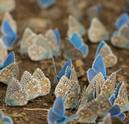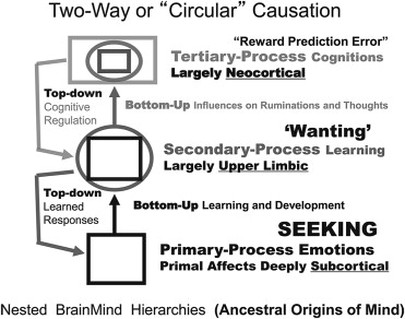The essense of the examen is two questions. Both are equally important.
For what moment today am I most grateful?
For what moment today am I least grateful?

The first question brings us gratitude. It reminds us of what nourishes and fulfills us, what quenches our thirst. The second question acknowledges our difficulties and struggles. It allows us to be with difficult emotions without avoiding or disavowing them. It prevents spiritual bypassing. Acknowledging the sharp points, as Pema Chodron aptly calls them, is essential to wisdom. The key to the examen is answering without judgment. No answer is right or wrong. As Rilke says, no feeling is final.
Daily reflection is an important practice to help us grow and better know ourselves. Through this examination we learn what brings us life. You can make a ritual of the examen. Light a candle or make tea and sit quietly for a time before asking and reflecting upon your examen questions. You may choose to journal your answers, or to draw as part of your practice. Make it your own. It does not have to be a long drawn out process; often the examen can be done in ten to twenty minutes. It is also a exercise you can do with others, as a way to build connection and vulnerability with loved ones. Over time the examen can bring many gifts. Patterns emerge and we may see how we have changed over time and what nourishes us now. The examen is a simple and beautiful practice to add to your life.
then walks with us silently out of the night.
These are the words we dimly hear:
You, sent out beyond your recall,
go to the limits of your longing.
Embody me.
Flare up like a flame
and make big shadows I can move in.
Let everything happen to you: beauty and terror.
Just keep going. No feeling is final.
Don't let yourself lose me.
Nearby is the country they call life.
You will know it by its seriousness.
Give me your hand.
Ranier Maria Rilke, Book of Hours, I 59




 RSS Feed
RSS Feed